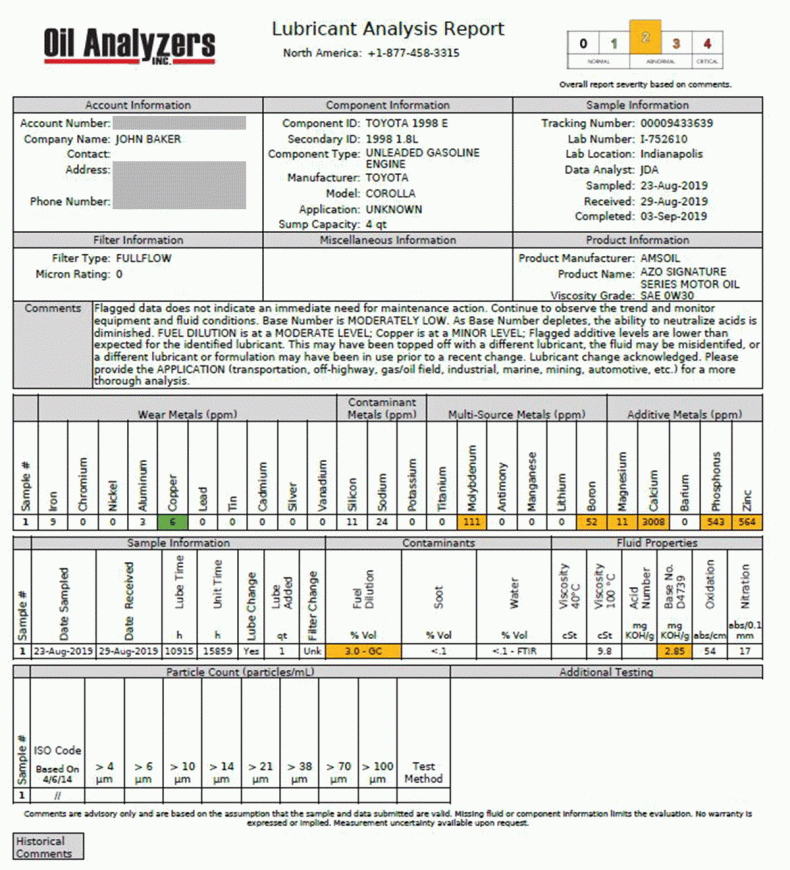How to Perform Oil Analysis We keep these kits right here in the Omaha store. Ask for the one with postage or with out for a slight savings. When doing several vehicles use the one w/o postage to send all together. John Baker|Sep 12, 2019 11:57 AM Used oil analysis is one of the most […]
You are browsing archives for
Tag: equipment
Two-stroke equipment is changing
Two-stroke equipment is changing Ask your Sioux Falls small engine sales and repair shop to carry the standard which makes all 2-stroke work motors easy to maintain. SABER-PRO synthetic 2-cycle oil. Hotter, leaner-running engines require less oil to do more work. Dan Peterson | VICE PRESIDENT, TECHNICAL DEVELOPMENT I spent my 53rd birthday in Tampa, […]
Testimonial: Synthetic Polymeric Truck, ...
Recently our customer Mike Ahlschlager reported pulling his truck with 1,200,000 miles into Dakota Alignment. The mechanic asked, “When did you change your king pins? We usually do that for you and there is no record for this one?” Mike replied that he never had the need for service on this truck which the mechanic […]


